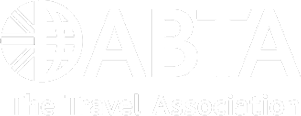Planning a trip to Vietnam in August can be memorable, fun, and highly enjoyable. Being one of the culturally rich, beautiful, and vibrant countries of Asia, Vietnam is for everyone. Travellers from all walks of life can come to this destination and enjoy their time to the fullest. Needless to say, the entire country is blessed with superb landscapes, diverse cultures, and vibrant festivals.
When you think of visiting here in August, you are up for a roller coaster ride. Your itinerary can be highly diverse during the month, ranging from exploring cultural sites to adventure activities and everything in between. Still, if you have any confusion about the place during the month, have a look at the blog once and check out what to expect in Vietnam during this month.
Is August a good time to visit Vietnam?
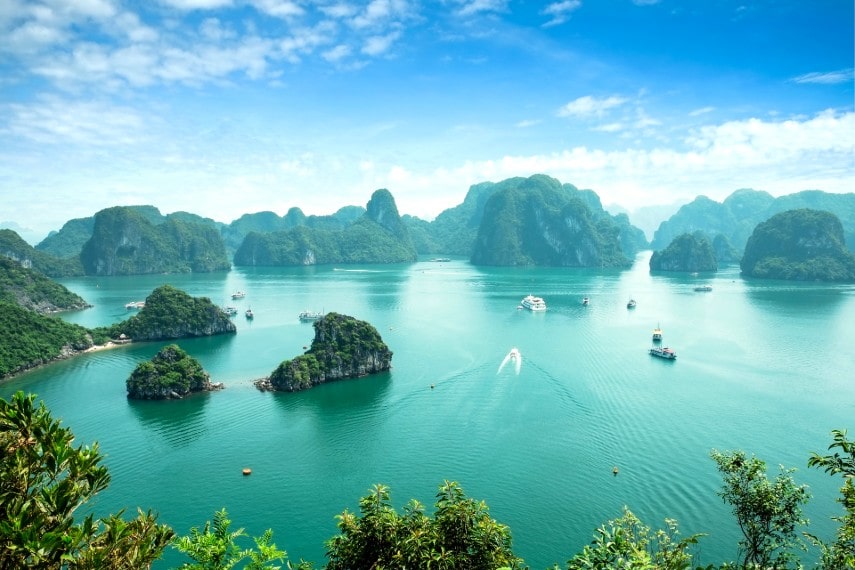
August in Vietnam is a mixed bag, but it can still be a great time to visit depending on where you go. The north (Hanoi, Sapa, Ha Long Bay) is hot and humid with occasional heavy rains, but the landscapes are lush and beautiful. The central region (Da Nang, Hoi An, Hue) is drier early in the month but starts seeing more rain later on.
The south (Ho Chi Minh City, Mekong Delta, Phu Quoc) is deep in the rainy season, meaning frequent showers but also fewer crowds. If you don’t mind some rain and want to avoid peak tourist season, August can be a solid choice. Just pack light clothes, an umbrella, and a sense of adventure!
Overview of weather in Vietnam in August
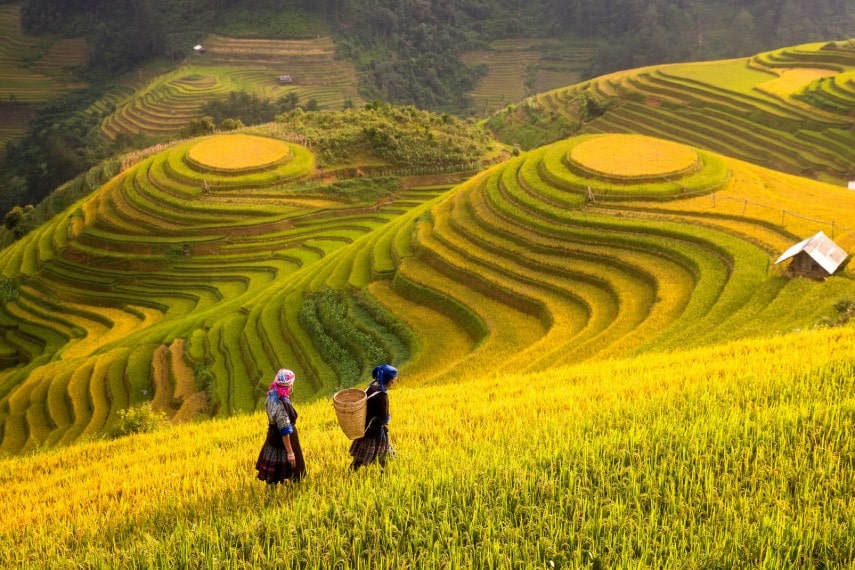
You can expect hot, humid weather with a good chance of rain, but it really depends on where you go. Up north (Hanoi, Sapa), temperatures hover around 26–33°C, with heavy showers and occasional storms. The central coast (Da Nang, Hoi An) stays warm at 25–35°C, but late August brings more rain.
Down south (Ho Chi Minh City, Mekong Delta), it’s warm at 24–32°C with frequent, short-lived downpours. Rainfall varies—Hanoi sees around 250mm, central cities 100–300mm, and the south can get over 300mm. It’s the wet season, but showers are usually quick, leaving behind fresh air and cooler vibes. Just pack a raincoat and enjoy the moody, tropical atmosphere!
What to wear in Vietnam in August?
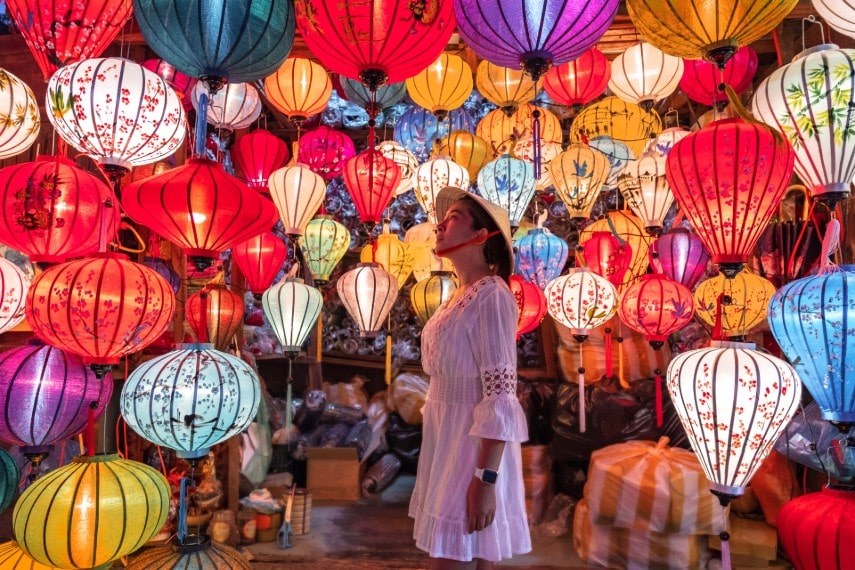
Think light, breathable, and rain-ready! It’s hot and humid, so go for loose cotton or linen clothes—T-shirts, shorts, flowy dresses, and airy pants. A light rain jacket or poncho is a must since sudden showers are common. Sandals or breathable sneakers work best, but make sure they can handle puddles.
Now if you have planned on going to temples, bring something modest—long pants or a scarf to cover your shoulders. A hat, sunglasses, and sunscreen are lifesavers, especially in central Vietnam, where the sun can be brutal. In the north, where it can be cooler after rain, a thin sweater might come in handy. Oh, and don’t forget a small umbrella—trust me, you’ll thank yourself later!
Visitor arrivals: Is Vietnam crowded during August?
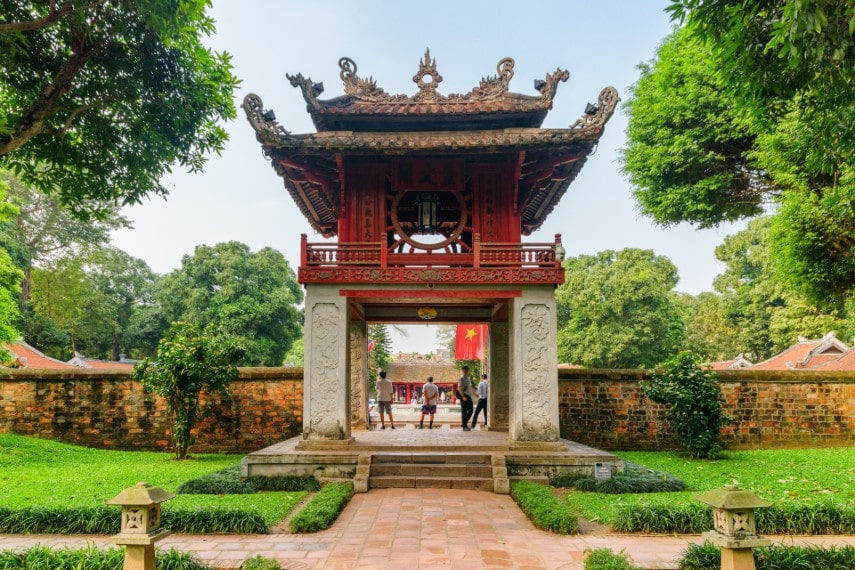
It’s not peak season, but you won’t have places to yourself either. Tourist hotspots like Ha Long Bay, Hoi An, and Da Nang still see a decent number of visitors, especially locals on summer break. Big cities like Hanoi and Ho Chi Minh City stay busy, but not crazily packed. Beach destinations can be quieter, especially later in the month when the rainy season picks up.
If you’re heading to Sapa or other northern mountains, expect fewer crowds but some muddy trekking paths. Flights and hotels are generally easier to book compared to peak months like December or January. Overall, it’s a good time to visit if you don’t mind a mix of travellers and occasional rain showers!
Average costs of a trip to Vietnam in August
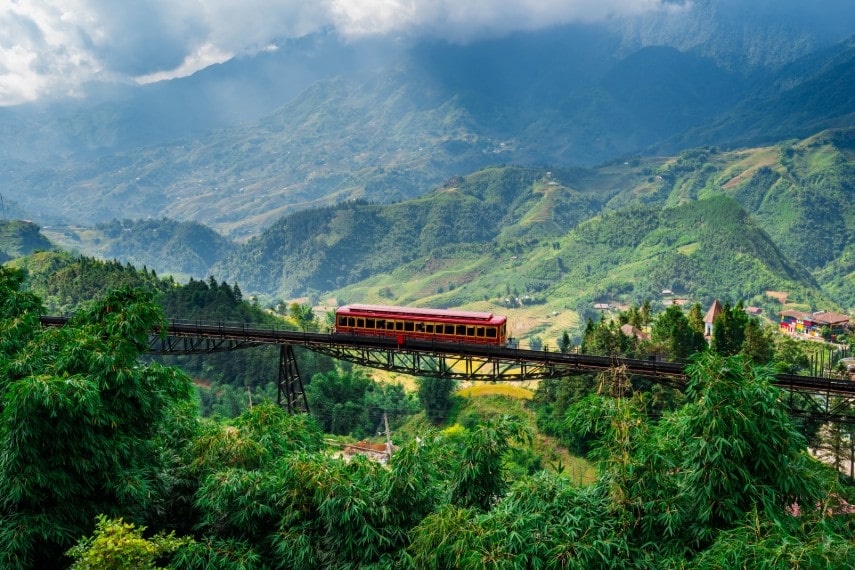
Here’s a rough idea of what you’ll spend in August it is not the cheapest time, but definitely not peak season pricing either.
Flights from the UK to Hanoi or Ho Chi Minh City usually range from £500–£900 for a round trip, though booking early can save you some cash. Budget hotels or hostels start at £8–£20 per night, while mid-range hotels cost £30–£70. Fancy resorts in places like Da Nang or Phu Quoc? Expect £100–£300 per night, depending on the luxury level.
Local transport is super cheap as the taxis and Grab rides around cities cost £2–£8, while domestic flights between major cities can be £30–£80 if booked in advance. Trains and buses are even cheaper, with a sleeper train from Hanoi to Da Nang costing around £30. Food is ridiculously affordable where street food meals are just £1–£3, while a nice sit-down restaurant might set you back £10–£20 for a feast.
Entrance fees to attractions are usually low, around £2–£10, though things like Ha Long Bay cruises or guided tours can cost £50–£150 depending on the experience. A daily budget for a backpacker is around £25–£40, mid-range travellers should expect £50–£100, and luxury seekers could easily spend £150+ per day. Overall, even with flights, a two-week trip could cost anywhere from £1,000 on a shoestring to £3,000+ if you go all out!
Things to Do in Vietnam in August
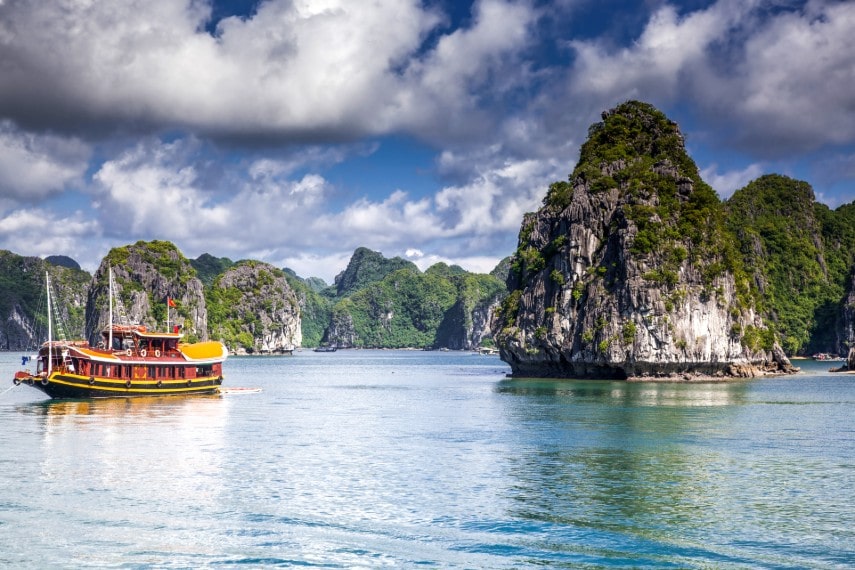
There’s plenty to explore, no matter what kind of traveller you are. Lush green landscapes, lively cities, and stunning coastlines make for an unforgettable trip. The weather might be a bit unpredictable, but that just adds to the adventure. Some places are buzzing with energy, while others feel peaceful and untouched. Whether you’re into nature, or culture, or just want to relax, there’s always something to do. The mix of history, incredible food, and friendly locals makes every moment special. Even a simple walk down the street can turn into an adventure, with hidden gems waiting around every corner. Just embrace the vibe, go with the flow, and let the journey surprise you!
| Things to Do in Vietnam in August | |
| Explore the streets of Hanoi’s Old Quarter | Visit the ancient town of Hoi An |
| Cruise around Ha Long Bay | Trek through the rice terraces in Sapa |
| Discover the Cu Chi Tunnels in Ho Chi Minh City | Relax on the beaches of Phu Quoc or Nha Trang |
| Take a boat tour in the Mekong Delta | Go on a motorbike tour through the countryside |
| Experience the vibrant markets of Ho Chi Minh City | Hike in Phong Nha-Kẻ Bàng National Park |
Best places to go in Vietnam in August
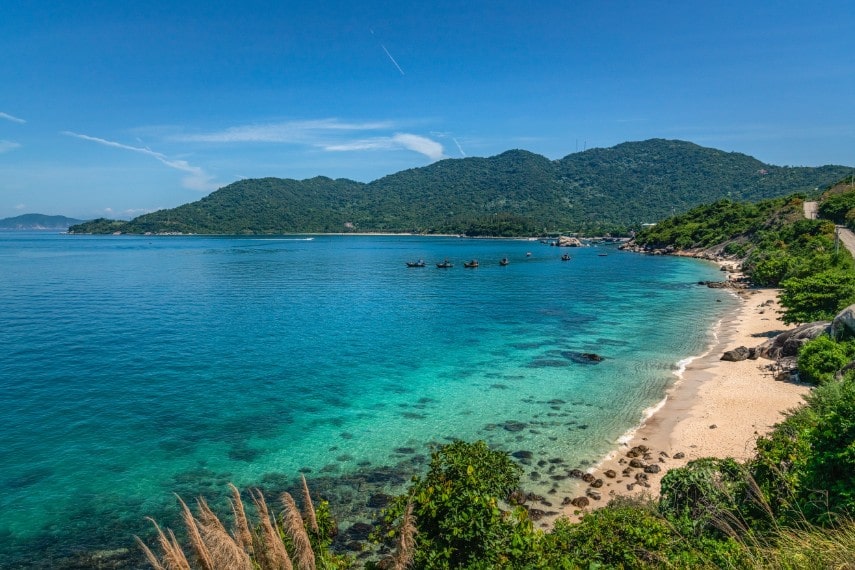
Have you been looking for variety, you’ll find it all in one country. You can visit places with lush green landscapes and cooler mountain air or head to the coast for a mix of sunshine and rain. For those into history and culture, there are some stunning towns with ancient vibes, while others are full of modern energy. For beach lovers, you’ve got options with crystal-clear waters and plenty of chill spots to unwind. Adventure seekers can enjoy trekking through mountains, exploring caves, or discovering hidden gems in rural areas. Whether you’re into city life or peaceful escapes, there’s something for everyone, and the vibe changes from region to region. You’ll never get bored!
| Best places to visit in Vietnam in August | |
| Ha Long Bay | Hue |
| Sapa | Ho Chi Minh City |
| Hoi An | Mekong Delta |
| Phu Quoc Island | Phong Nha-Kẻ Bàng National Park |
| Nha Trang | Cham Islands |
Where to stay in Vietnam in August?
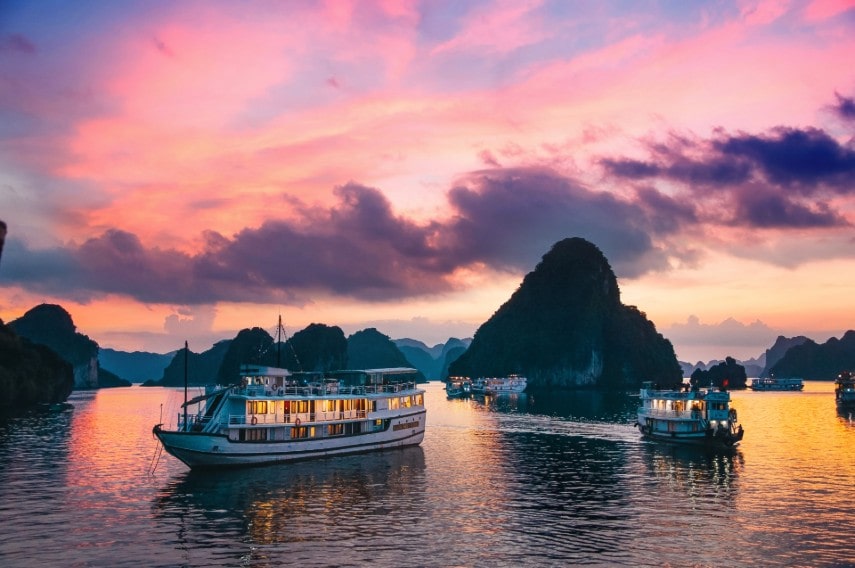
You’ve got options depending on what vibe you’re after. If you’re looking for a relaxed beach atmosphere, you’ll find plenty of beachfront resorts where you can chill by the sea. For a more cultural experience, you can stay in charming boutique hotels or guesthouses tucked in historic towns with a cosy, local feel. If city life is your thing, you’ll have no shortage of modern hotels with all the amenities, plus easy access to food, shopping, and sightseeing. For those seeking something a little more adventurous, there are homestays in rural areas where you can get up close with local life. The variety is endless, so you can choose exactly what suits your style and budget.
| Best places Stay in Vietnam in August | |
| Phu Quoc Island Resorts | Hanoi Old Quarter Hotels |
| Hoi An Boutique Hotels | Ho Chi Minh City Luxury Hotels |
| Sapa Homestays | Hue Riverside Resorts |
| Ha Long Bay Cruises | Phong Nha National Park Guesthouses |
| Nha Trang Beachfront Hotels | Tam Coc Riverside Stays |
What to eat in Vietnam in August?
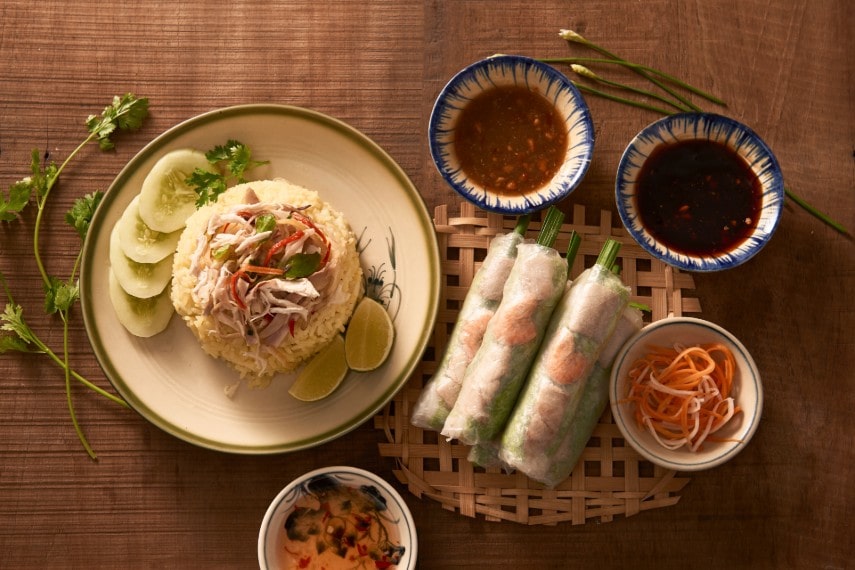
The food scene is unreal, and you’ll want to try as much as you can. Street food is a must, with delicious bowls of pho, crispy banh mi sandwiches, and flavourful bun cha (grilled pork with noodles). If you’re into seafood, fresh fish, shrimp, and crab are always on offer, especially near the coast. You’ll also find lots of tropical fruits like mango, lychee, and dragon fruit, which are perfect for snacking. For something filling, try com tam (broken rice with grilled pork) or go for a bowl of spicy, noodle-rich bun bo hue. Don’t forget dessert which is che (sweet dessert soups) and coconut ice cream are perfect for those hot, humid days. Just dive in, everything’s tasty!
What to pack in Vietnam in August?
Pack light and breathable clothes you can think of cotton or linen for comfort in the heat and humidity. You’ll definitely need an umbrella or rain poncho because the rain can pop up anytime, especially in the afternoons. A hat and sunglasses are a must to block that tropical sun. Comfortable shoes are key, especially if you plan on walking a lot or exploring the countryside.
Bring a light jacket or sweater for cooler evenings, especially if you’re heading to the mountains. Don’t forget sunscreen and bug spray, especially near water or in rural areas. A power bank for your phone is a lifesaver, too, since you’ll probably be snapping photos all day. And, of course, a good camera to capture all the sights!
Hacks & tips to visit Vietnam in August
Here is what you need to keep in mind while visiting Vietnam in August:
- Always have a small umbrella or rain poncho in your bag with rain showers are sudden but short!
- Drink plenty of water and always wear sunscreen. The sun can be intense, even when it rains.
- Get up early to explore popular spots before the heat and crowds hit.
- It’s super affordable, and you’ll have easy access to maps, translations, and local apps like Grab for transportation.
- Street food is safe and affordable just pick places that look busy and popular with locals.
- They’re cheap but get your tickets early to avoid last-minute stress.
- Some spots get crowded with locals on their summer vacation you can try to visit off-hours.
- Knowing simple phrases like “hello” and “thank you” goes a long way!
- Weather can change quickly, so don’t be afraid to adjust your plans last minute.
- Don’t just stick to the touristy spots like small villages or less-known beaches can be magical and less crowded.
Read Also: Best time to visit in Vietnam | Visit Vietnam in May | Visit Vietnam in February
Visit Vietnam in March | Vietnam in April | Things to Do in Vietnam
Reasons to visit Vietnam and Cambodia
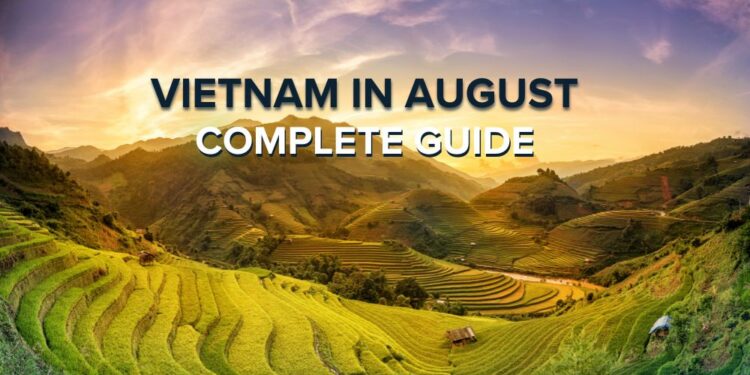
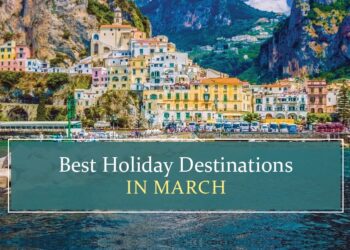
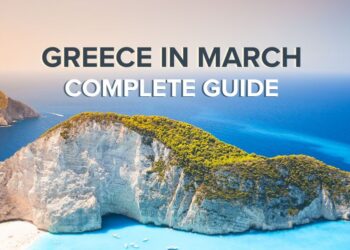
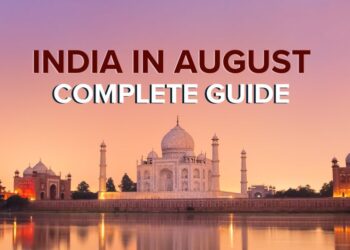






 ATOL certificate
ATOL certificate
